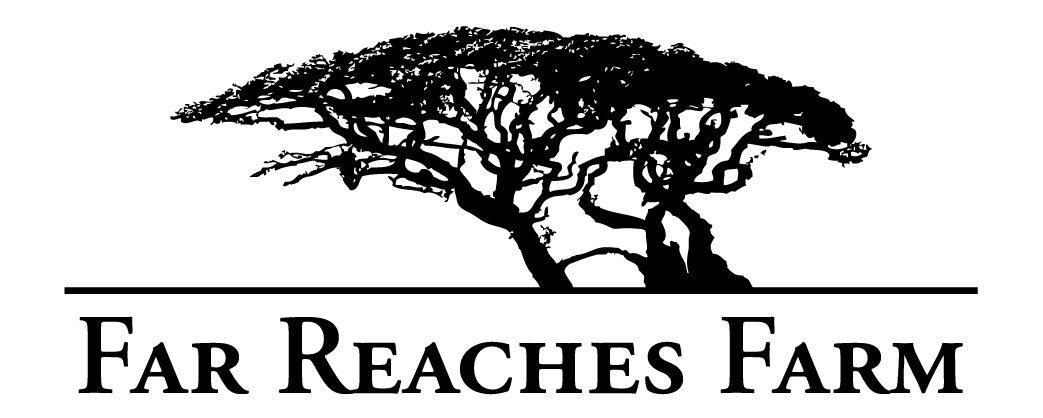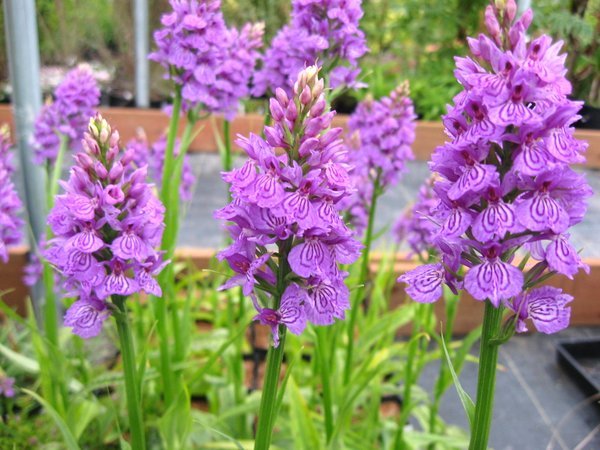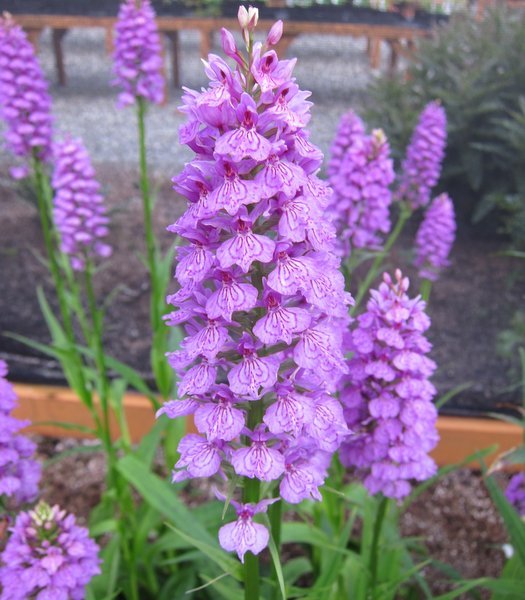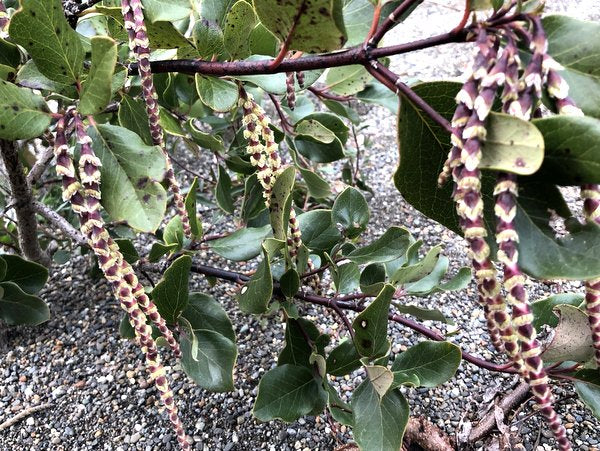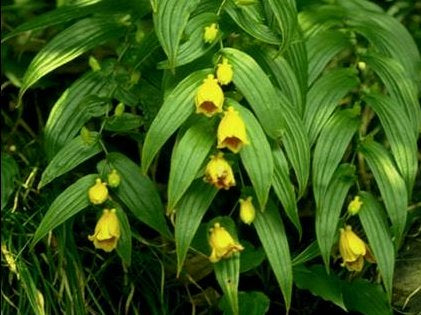Sort by:
1758 products
1758 products
We love the Asiatic Gentians and want them all as they are easy, hardy and put on such a show in late summer/early fall. We were thrilled to get this one from our friend Urs of Edelweiss Nursery who brought this in from a German gentian specialist. Not your typical blue, this has white flowers with pale yellowish stripes. Moist and sun.
We have not named many plants despite many opportunities to do so but this is one we are fairly puffed up about. We love Roscoea for their durability in the garden and their exotic, almost orchid-like flowers. We were pleased to offer the famed red-flowered Roscoea purpurea f. rubra known as 'Red Gurkha' for the first time in the US whose flowers are indeed luscious and our only quibble is that the plant is a bit short. We wanted to get the vibrant red tones of Red Gurkha carried on into a sizable flower on a taller plant with ideally some color to the foliage. We cranked up the in-house hybridizing using a number of parents and one cross in particular showed excellent promise.
The next year saw us focus on replicating that cross with good success and the resultant seedlings were lined out in our trial bed two years later. We were able to judge that bed with a dispassionate and calculating eye when every plant came into flower and the resultant evaluation received a positive check mark on the new category we had to create of Hell, Yeah!!! Vigorous plants with foliage variously shaded in coppery hues and flowers that defy easy description. The flowers in mid to late summer bewitch with prism jewel tones of ruby and amethyst which shimmer with an entrancing depth of color. This is a seedling group and not clonal so there is some small variation but pretty darned consistent. We hope to sell enough to defray chiropractic shoulder treatment from repetitive injuries stemming from patting ourselves on the back.
Our crevice garden excites a lot of visitors into experimenting with alpines and crevice planters, if you find yourself with a similar urge we highly recommend this as one of your gateway plants. Offering what's best about alpines, diminutively cute little plants with outsize floral firepower, but without a lot of the hassle and strife that cultivating them can bring. While they still want excellent drainage and fairly goldilocks temperatures they are much more forgiving than many others. When happy they will spread to form a nice mat, and a sea of pink pom-pom flowerheads.
